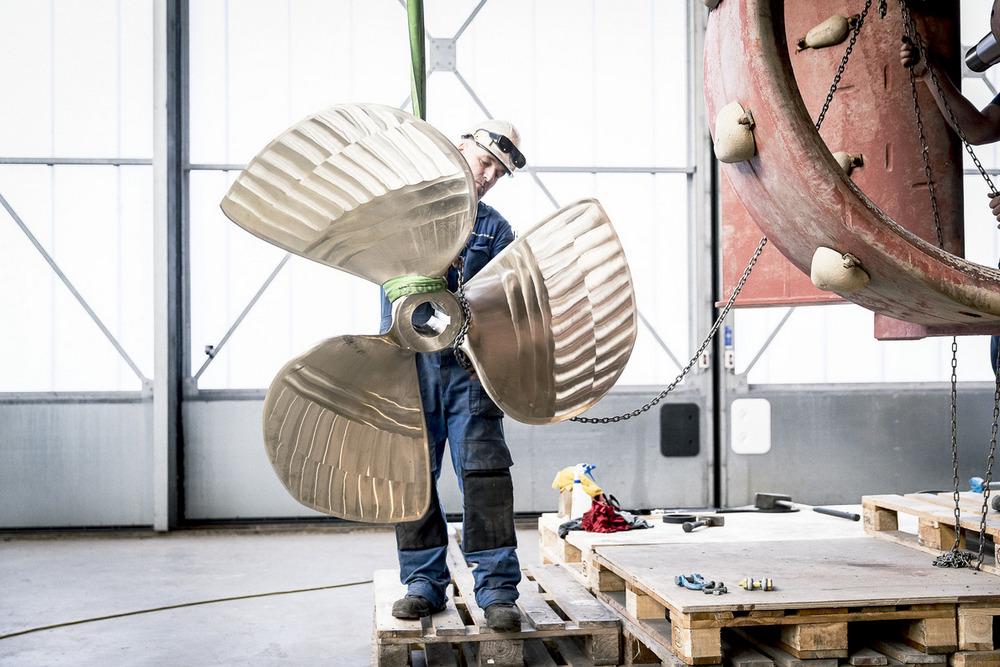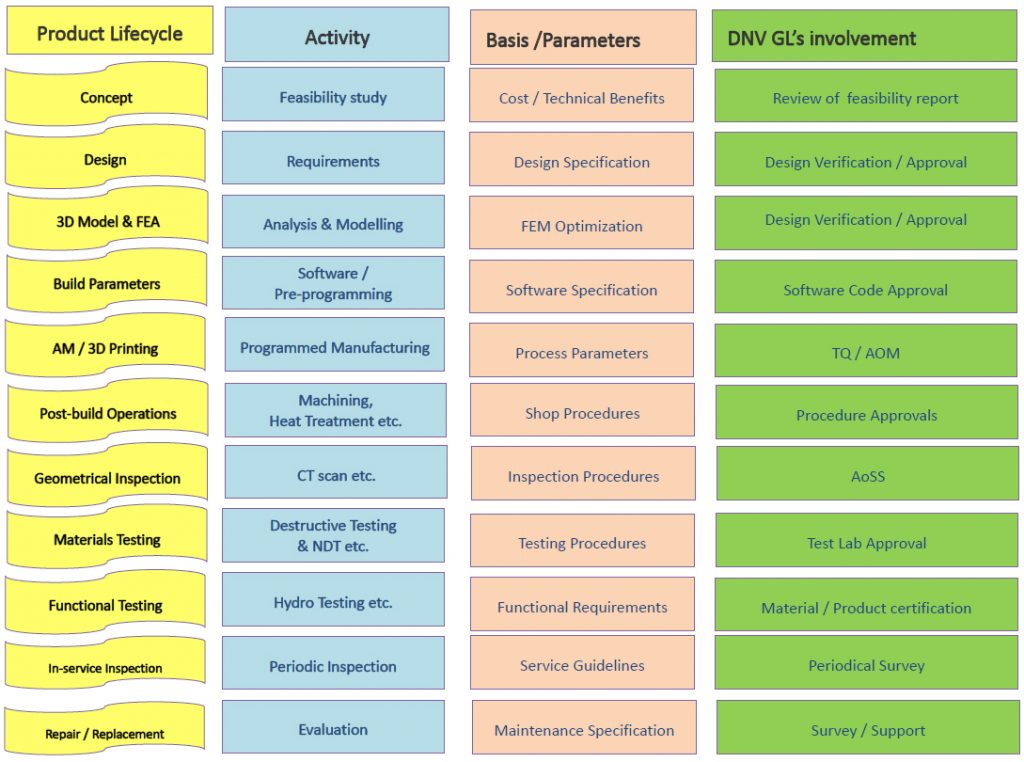2017 has been a standout year for additive manufacturing in marine and offshore operations. Desktop 3D printers can now be found in shipyard workshops and aboard rigs, where engineers use them to prototype and make tools and spare parts. However, it is the rise of metal additive manufacturing that has started to cause a real stir.
In response to demand for metal 3D printing, global quality assurance and risk management company DNV GL has published its first classification guideline for additive manufacturing (AM) in the maritime and oil & gas industries. Covering all aspects of the process, the 48-page document is indicative of what officials believe could be a paradigm shift for vessel maintenance and repair.
“Everyone is paying attention”
Marine and offshore is moving in much the same way as automotive and aerospace. The economic benefits of digitization are driving down traditional stock inventories and using data-driven processes to optimize production. “Suddenly everyone is paying attention,” says Marit Norheim, Vice President of Hull, Materials & Machinery at DNV GL Maritime,”The implications for stakeholders throughout the industry are enormous.”
Parts like Damen’s WAAMpeller, screw pins, bearing shells and box heat exchangers for boats can now be 3D printed on-demand, presenting a turning point for shipbuilders.
“If products and components can be printed as needed locally or even on board a ship, this is truly a disruptive innovation for the supply chain” adds Norheim, “This could be a game changer.”

Seizing the additive opportunity
What the new guideline ensures is that parts produce using additive manufacturing have a like-for-like quality compared to traditionally manufactured counterparts. In the document, which has been in production since 2014, DNV GL systematically covers all parts of the process, from design for additive manufacturing (DfAM) through to “specification of part-building requirements for end users.” The body breaks this down into 11 steps, each with its own action, basis, and involvement from DNV GL.
Norheim states, “With the introduction of the class guideline DNVGL-CG-0197, DNV GL is now ready to certify and support our customers and industry stakeholders to take advantage of this rapidly maturing technology.”
“It will give end users confidence in the products and allow suppliers to offer their technologies and products for use in vessels and offshore installations.”

Here to stay
As proved by a number of other strategic partnerships this year, DNV GL firmly believes that additive is here to stay, Norheim says,
“It is an opportunity that should be embraced, rather than a challenge the industry should try and resist.”
“We are ready to certify, and ready to support,” adds Ramesh Babu Goindaraj, Principal Material Specialist at DNV GL, “This really is a new dimension, and we look forward to helping our customers discover its potential.”
DNV GL’s full guideline document can be accessed online here.
Never miss another story – subscribe to the free 3D Printing Industry newsletter, follow us on Twitter, and like us on Facebook.
Featured image shows a 3D-printed aluminium replica of mooring chain testing bed at the DNV GL’s lab in Bergen. Image via DNV GL.



